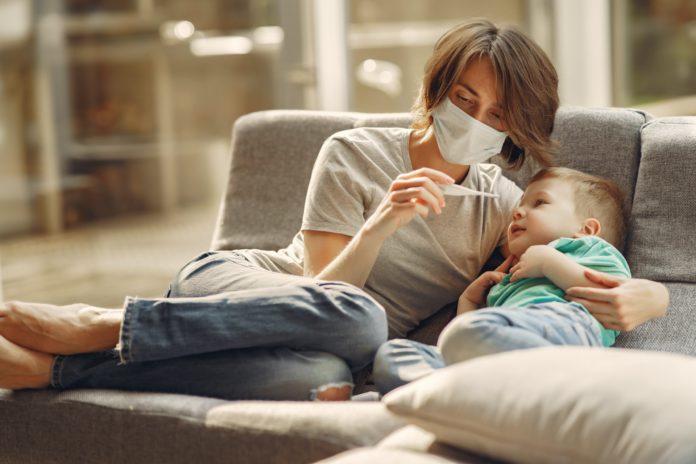While COVID-19 restrictions may have eased across Canada, the upcoming winter season puts us at risk of yet another wave of the pandemic. In previous years, we’ve turned to remote work and online learning to stop the spread — but according to a new study, the greatest risk of COVID-19 transmission may be much closer to home than you’d expect.
The study was led by researchers from York University, Toronto Public Health, and the Public Health Agency of Canada, and published in PLOS ONE.
Although COVID-19 vaccines have been available in Canada for nearly two years, the effects of the pandemic continue to be felt across the country. The team behind this study was interested in learning how and where the virus is spreading, and whether we can change our testing and vaccine strategies to account for this transmission.
To do this, the researchers modelled vaccination and transmission rates across the city of Toronto. Their models included varying levels of vaccine efficacy, vaccination rates, as well as waning immunity levels. They also included information about how much time Toronto residents typically spend in different locations, including home, work, and school.
Perhaps surprisingly, the models revealed that COVID-19 transmission rates are much higher within households than at work, school, or in the community. While these latter locations may results in a larger number of contacts overall, the authors believe that the amount of time Toronto residents spend in their homes is the cause of these higher transmission rates.
“Our data fitting shows that household transmission is much higher than transmission at work/school or community, even though the number of contacts is smaller,” the authors said.
“[T]his can undoubtedly be attributed to the duration of contacts within households.”
While these results may sound concerning, the authors also found that COVID-19 tests can help reduce household transmission — especially if test results are available within 24 hours. This suggest that Canadian cities could help reduce the spread of COVID-19 by making rapid tests readily available for residents.
The authors recommend that Canadians remain vigilant about hygiene measures, even within the comforts of their own homes. While sanitization stations are now common in public areas, it’s important to also wash your hands regularly in your household.
“[I]t is crucial that public health focuses on reducing transmission in the household, by promoting sanitizing and hand-hygiene processes,” the authors added.
“[W]e suspect that, in general, less attention is paid to these measures within households.”
This study also highlights the importance of staying up-to-date with vaccinations as the pandemic continues. While many Canadians may have gotten their initial COVID-19 vaccinations already, it’s crucial that we continue to get future vaccinations as recommended by medical professionals. This includes the bivalent vaccine, which offers protection against Omicron variants.
You can do your part to stop the spread this winter by encouraging household members to get vaccinated and stay vigilant with hygienic measures.
By also testing as soon as possible when you think you might have been exposed to COVID-19, you can help stop household transmission in its tracks.








































